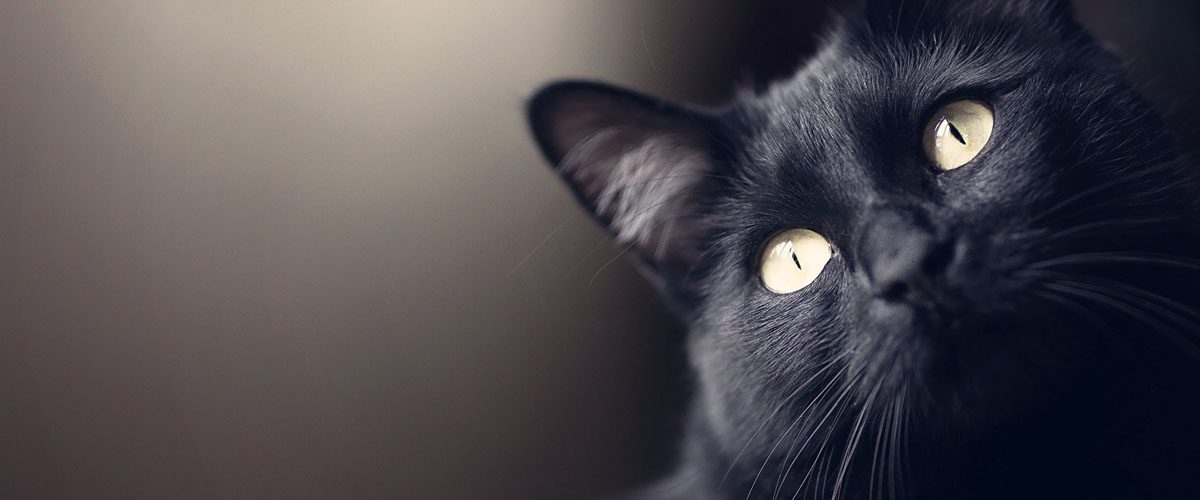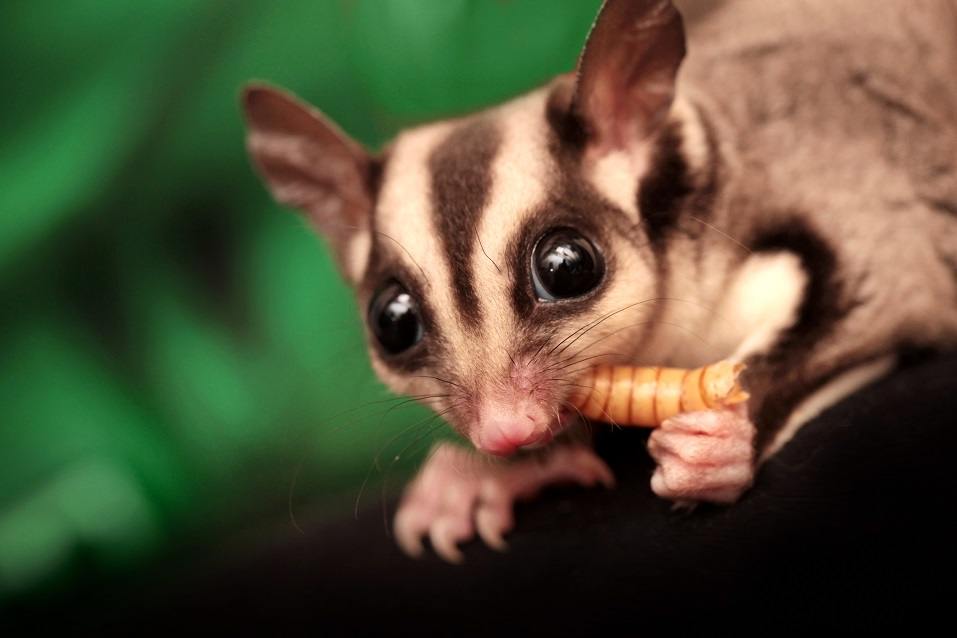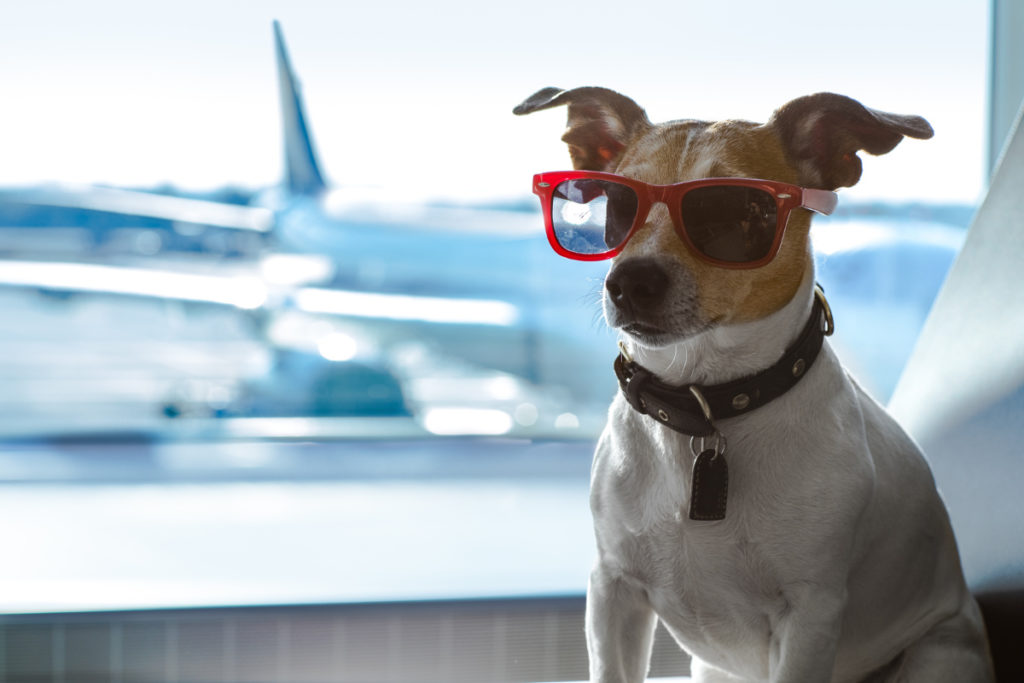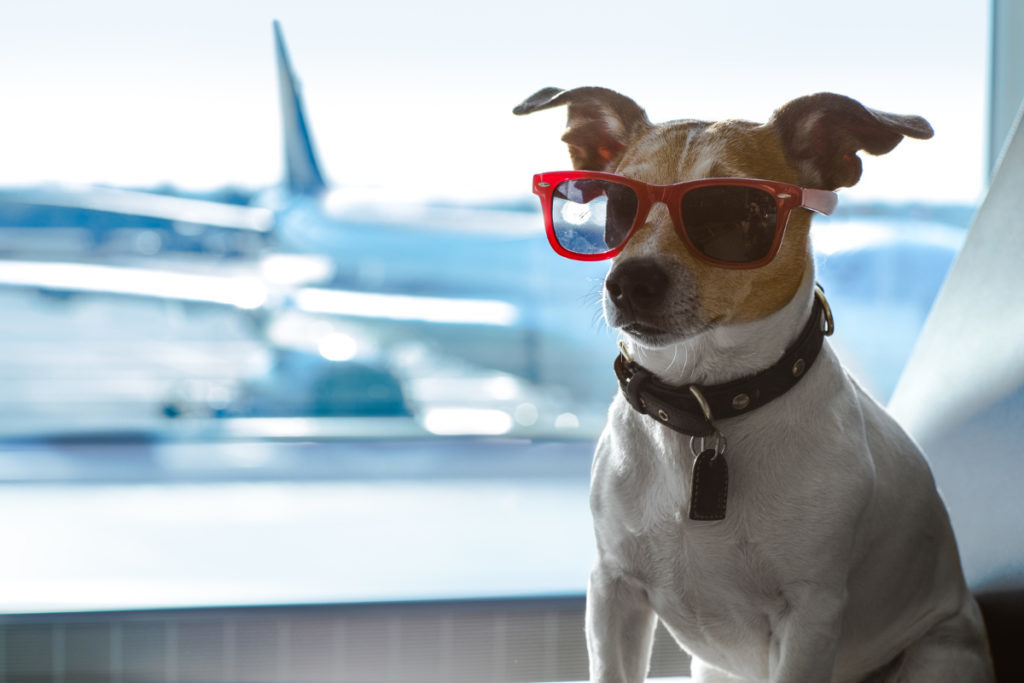Some Reasons Why Sugar Glider Prices Are Fairly Low for an Exotic Pet
Exotic pets are becoming more and more popular in the United States and around the world. Exotic pets are any creatures that can be kept domestically that are from somewhere else, have special needs, or are otherwise unusual. Boa constrictors kept as pets qualify, for instance.
So do tigers, for some of Hollywood’s rich and famous. But these are for the most part not everyone’s cup of tea–not a lot of people want an animal companion that isn’t safe to let out of its cage, as you can well imagine. It’s a frequent misconception, however, that this is all that it means for a pet to be ‘exotic’. Not all exotic pets are wild animals prone to dangerous behavior, and some of them fit in quite nicely with a human family. Those that know this the best are those that keep sugar gliders as pets.
Sugar gliders are …
Some Reasons Why Sugar Glider Prices Are Fairly Low for an Exotic Pet Read More



